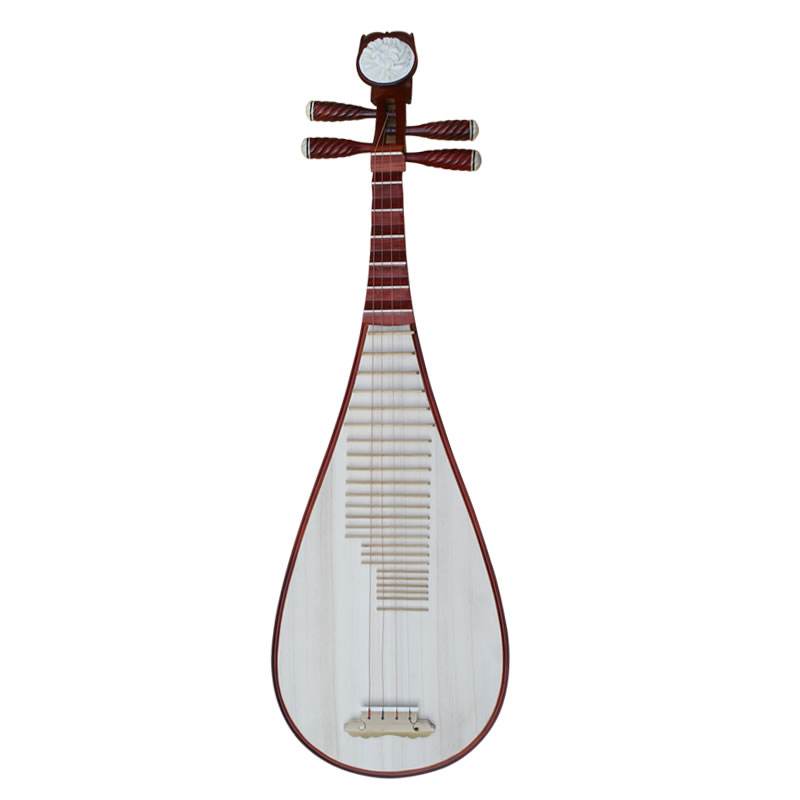How to Improve Pipa Wheel Finger Independence Ability
When the students began to learn the pipa ring finger, the first problem they encountered was that the right fingers could not be separated, and the five fingers were connected together, sticking to each other, and the whole army was wiped out by moving one finger, which even shook their confidence in learning the pipa. So how to solve the drawbacks that fingers depend on each other and cannot be independent?

One is to practice anti-wheel fingering. The so-called reverse wheel is the wheel finger of the little finger. The order of the wheel fingers is that the little finger is in front, then the ring finger, middle finger, index finger, pop out once, and the big finger is finally picked in. Its hand shape is the same as that of the positive wheel, and the preparation movements are all in the shape of a half-clenched fist. The force (tension) and relaxation of the fingers should be flexibly and alternately converted. The speed is the same as that of the positive wheel mentioned above. It can be 2 3 4 5 in the first position of the key of D (that is, the little finger, the ring finger, the middle finger, and the index finger). Repeatedly. conduct. You can also use the big finger to first pick the empty string inside, and then the little finger, ring finger, middle finger, and index finger on the same string in rounds. This kind of round method is called picking round. This can break the conventional habit of the traditional ring finger, so that each finger can be effectively exercised independently, especially the independent exercise of the ring finger and the little finger can achieve a multiplier effect with half the effort.
The second is to carry out the practice of finger decomposition. It is to change five fingers to play a sound, and to play a sound for one finger. Take the key of D as an example, such as 1 2 3 4 5 in the first position, the index finger picks 1, the middle finger 2, the ring finger 3, the little finger 4, the big finger pick 5; then the big finger pick 5, Then 4 3 2 1 pops up from the little finger, the ring finger, the middle finger and the index finger respectively, which is the reverse wheel form. In succession, the forward and reverse rotations are alternated. This method is the most effective way to exercise the five fingers to operate independently. After practicing the five-finger wheel, the pipa's three-finger wheel, half wheel (ie, four-finger wheel) and full wheel will be self-taught without a teacher, which not only saves time but also improves the wheel finger ability.
The third is to carry out wheel picking exercises. After the above fingerings are practiced to a certain extent (that is, after the pronunciation points reach a uniform line), it is necessary to start practicing the fingering. The specific fingering method is to pick the inner string with the big finger in the front, and then play the string with the index finger, middle finger, ring finger, and little finger. It can be said that the picking wheel fingering is the most difficult fingering to master when playing the pipa. Begin by practicing the slow-paced quarter-note pieces, with the thumb picking the number of times per beat; then practice the faster-paced eighth and sixteenth notes. The effect of picking the wheel at this stage is that the big finger sings the protagonist, and the four fingers of the other round one string become the supporting role. It's just a finger chord on a string. For example, in "Spring Rain", the large-scale pick-up rounds are all picks with sixteenth notes, which are called orchestration and harmony in musicology. In order to achieve this kind of wheel finger ability, it takes three years to practice the piano for 2 or 3 hours a day.
 渝公网安备 50010702504639号
渝公网安备 50010702504639号